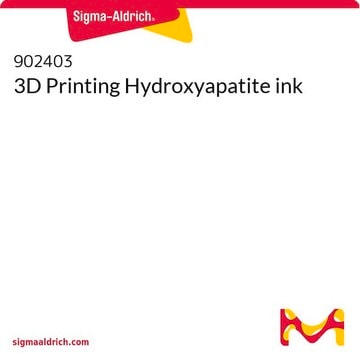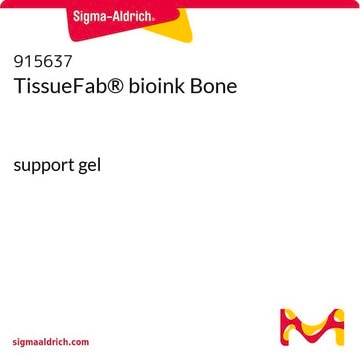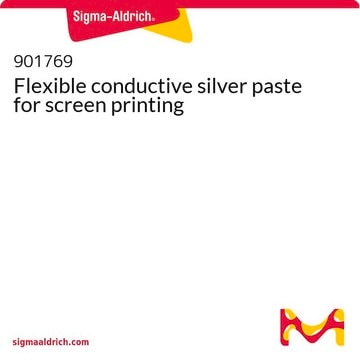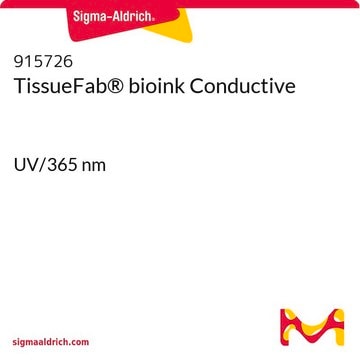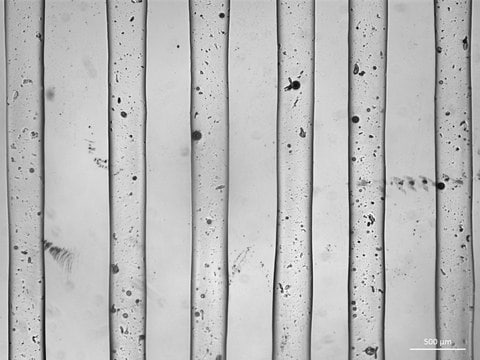おすすめの製品
詳細
0.2 μm sterile filtered
suitable for 3D bioprinting applications
品質水準
形状
gel form (viscous)
不純物
≤5 CFU/g Bioburden (Fungal)
≤5 CFU/g Bioburden (Total Aerobic)
色
white
pH
6.5-7.5
アプリケーション
3D bioprinting
保管温度
2-8°C
類似した製品をお探しですか? 訪問 製品比較ガイド
関連するカテゴリー
アプリケーション
包装
法的情報
保管分類コード
12 - Non Combustible Liquids
WGK
WGK 3
適用法令
試験研究用途を考慮した関連法令を主に挙げております。化学物質以外については、一部の情報のみ提供しています。 製品を安全かつ合法的に使用することは、使用者の義務です。最新情報により修正される場合があります。WEBの反映には時間を要することがあるため、適宜SDSをご参照ください。
Jan Code
915033-BULK:
915033-VAR:
915033-1EA:
試験成績書(COA)
製品のロット番号・バッチ番号を入力して、試験成績書(COA) を検索できます。ロット番号・バッチ番号は、製品ラベルに「Lot」または「Batch」に続いて記載されています。
資料
組織工学向け3Dバイオプリンティングのための3Dバイオインク選択ガイドです
Bioinks enable 3D bioprinting of tissue constructs for drug screening and transplantation; select suitable bioinks for specific tissue engineering.
Learn how 3D bioprinting is revolutionizing drug discovery with highly-controllable cell co-culture, printable biomaterials, and its potential to simulate tissues and organs. This review paper also compares 3D bioprinting to other advanced biomimetic techniques such as organoids and organ chips.
ライフサイエンス、有機合成、材料科学、クロマトグラフィー、分析など、あらゆる分野の研究に経験のあるメンバーがおります。.
製品に関するお問い合わせはこちら(テクニカルサービス)
